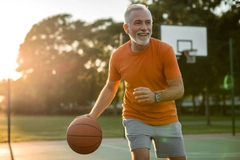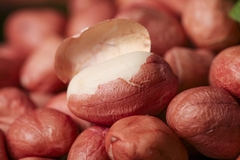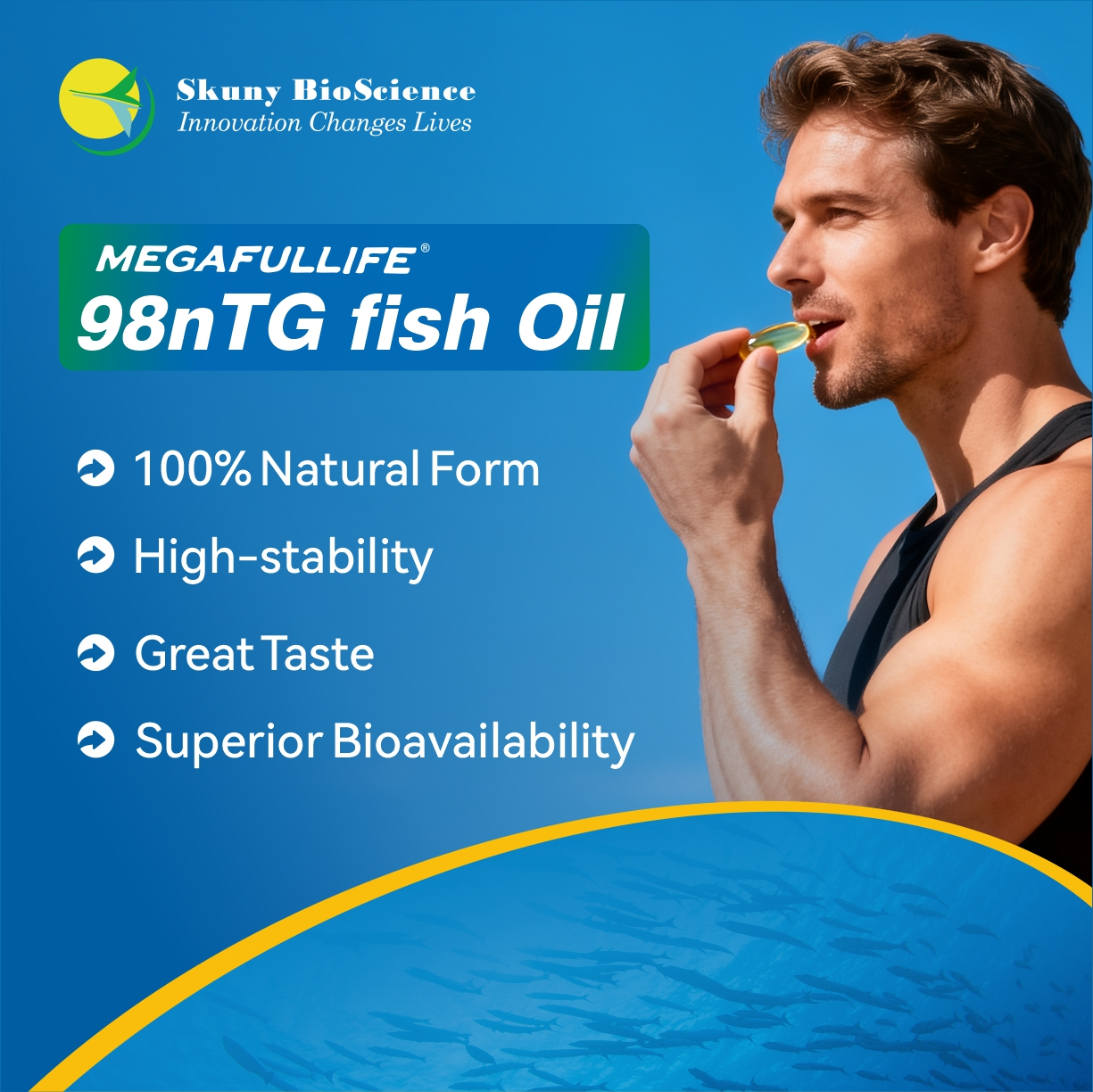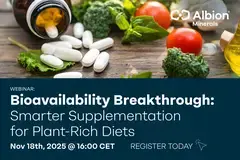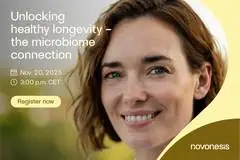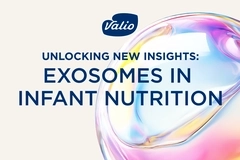Riboflavinator: Scientists land US$500M to create vitamin B2 producing machine
10 Aug 2022 --- A team of researchers in the US have landed a US$486,000 grant from the National Science Foundation to artificially create vitamin B2 - riboflavin, eyeing long-term benefits to treating diseases and improving public health.
“Riboflavin is a vitamin, B2, that humans must eat to survive,” Dr. Audrey Lamb, lead researcher, professor and chair, department of chemistry, University of Texas at San Antonio, tells NutritionInsight.
“Our cells don’t have the biosynthetic machinery to make it. Understanding how it is made by plants, fungi and bacteria will allow us to use chemically similar methodologies to make other important molecules.”
The grant will go toward creating a machine dubbed the “Riboflavinator” to explore the enzymatic process of riboflavin biosynthesis.
Curing disease? Dr. Lamb stresses that riboflavin is necessary for life, the human body cannot produce it on its own.
Dr. Lamb stresses that riboflavin is necessary for life, the human body cannot produce it on its own.
Not only would the machine allow the researchers to quickly produce riboflavin in amounts that could be used as supplements, which may become more important as the effects of climate change decrease the availability of some essential nutrients, but Lamb holds that it could also lead to new treatments for illnesses.

“If we know how biologically important molecules, like vitamins, are made, we can figure out how to make medicines using similar chemical approaches or design molecules that act as drugs by stopping pathogens from doing these chemistries,” states Lamb.
“If we know how a human pathogen makes riboflavin, then we may be able to design inhibitors that could be used as antimicrobials,” she underscores. “Interestingly, many pathogens cannot import riboflavin and are dependent on their own enzymes to make them. The new drug would kill the pathogen, and we would give the patient riboflavin as a supplement – potentially making a new antibiotic.”
Cracking the code
In the 1990s, scientists working under Adelbert Bacher in Munich discovered that there are five different enzymes, in sequence, that plants and microorganisms use to produce riboflavin. Lamb’s laboratory at the University of Texas at San Antonio intends to understand the mechanisms by which each enzyme does its job to learn how to replicate the production.
In collaboration with Graham Moran at Loyola University in Chicago, Lamb has already researched and published her findings on the processes of the first three riboflavin-producing enzymes named RibA, RibB and RibC. Now, the scientists will attempt to solve that last piece of the puzzle of the production of the essential vitamin, commonly known as vitamin B2.
“Science is iterative,” says Lamb. “Dr. Bacher made some really cool hypotheses, and we were able to show for the first time – 30 years later – that he guessed right.”
The new grant will allow her and her team to study the last two enzymes – RibD and RibE – and discover their role in B2 production.
“Think of it like this: there is an engine, some spark plugs, a catalytic converter, a gas tank and an axle system with wheels spread out on the driveway, just hanging out by themselves,” Lamb elaborates. “They can be shown doing their individual jobs. But they aren’t going to make much of a machine that can run down the highway unless they are assembled into a car.”
Learning how to make these enzymes assemble riboflavin is Lamb’s ultimate goal.
The “Riboflavinator” The “riboflavinator” is a sub-microscopic, theoretical machine capable of producing riboflavin at the same speed as a cell.
The “riboflavinator” is a sub-microscopic, theoretical machine capable of producing riboflavin at the same speed as a cell.
Once Lamb’s team has cracked to code on the last two enzymes, they plan to build an enzymatic “machine” that can perform the same catalytic processes that normally occur inside cells. She and her fellow researchers have dubbed this sub-microscopic machine the “Riboflavinator.”
She plans to construct the machine in a test tube and prove the hypothesis that sequencing the enzymes in the exact order and understanding the machinations involved will allow B2 to be produced faster than individual enzymes in a test tube, a prolonged process.
“When we study these enzymes in the laboratory, we purify them individually and study them one at a time,” Lamb clarifies. “If we measure their rate for producing products, the five enzymes of riboflavin biosynthesis are notoriously slow. That means, with one copy of each enzyme, the fastest a molecule of riboflavin could be generated is about one every two minutes.”
“This would not be fast enough to fill up all of the enzymes that need it, which would be very deleterious, even deadly for the cells.”
Lamb continues: “We know that organisms must be able to make riboflavin in cells much faster than that. For example, Escherichia coli can make so much riboflavin in 20 min that they export more than they keep.”
“So, cells must have a way to make the enzymes run faster, and we are proposing that cells do this by organizing all of the enzymes of the pathway into a molecular machine that can work as an assembly line,” she concludes. “Now, our job is to test this hypothesis.”
Powering the powerhouse
Riboflavin is produced by almost every plant and microorganism in the world and is necessary for cellular processes, immunity and energy production in the mitochondria. Moreover, it is a significant factor in the production of adenosine triphosphate, the chemical energy that powers cells.
“Riboflavin that we eat is converted in our bodies to the cofactors flavin mononucleotide (FMN) and flavin adenine dinucleotide (FAD),” explains Lamb. “These molecules are good at transferring electrons in the form of hydride and are required for enzymes that harvest energy from our diet, repair DNA and work in inflammation and immune responses.”
The human body does not biosynthesize riboflavin,” she stresses. “And eating foods that contain riboflavin naturally is the only way to acquire it. Milk and eggs, for instance, contain relatively high levels of vitamin B2.”
By William Bradford Nichols

